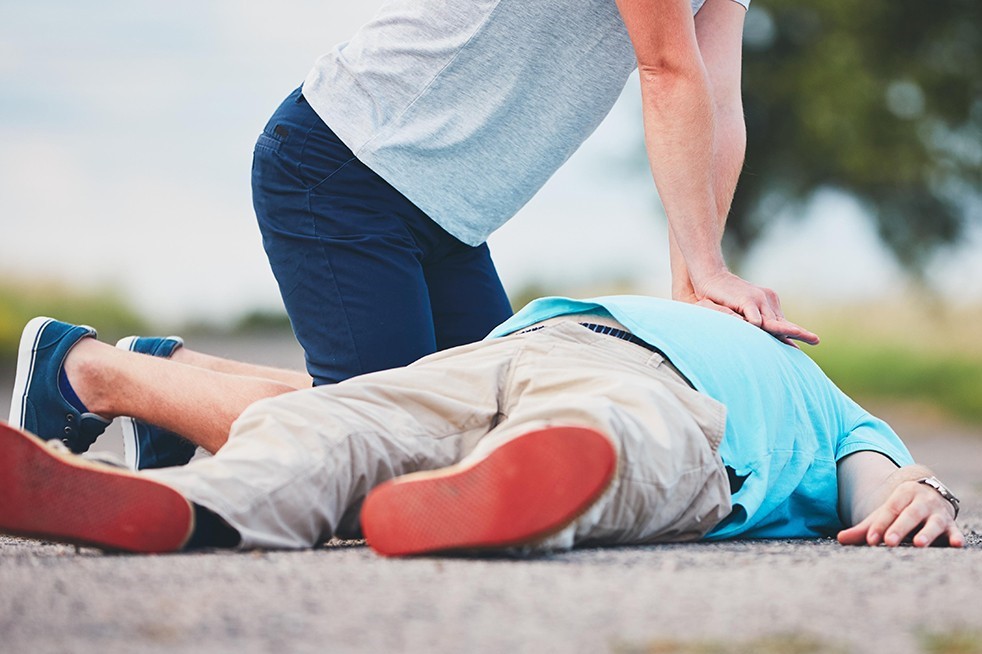
Cardiac massage: how many compressions per minute?
Cardiac massage is a medical technique that, together with other techniques, enables BLS, an acronym for ‘Basic Life Support’, i.e. a set of actions that enable first aid to people who have suffered a trauma, e.g. car accident, cardiac arrest or electrocution
Cardiac massage, how many compressions per minute?
The correct compression rate must be at least 100 compressions per minute but no more than 120 compressions per minute, i.e. 3 every 2 seconds.
QUALITY DAE? VISIT THE ZOLL BOOTH AT EMERGENCY EXPO
In case of simultaneous lack of breathing, after every 30 compressions of cardiac massage, the operator – if alone – will interrupt the massage to give 2 insufflations with artificial respiration (mouth-to-mouth or with mask or mouthpiece), which will last about 3 seconds each.
At the end of the second insufflation, immediately resume with cardiac massage.
The ratio between cardiac compressions and insufflations – in the case of a single operator – is therefore 30:2.
If there are two operators, artificial respiration can instead be performed at the same time as cardiac massage.
Read Also:
Emergency Live Even More…Live: Download The New Free App Of Your Newspaper For IOS And Android
Proper Defibrillator Maintenance To Ensure Maximum Efficiency
Electrical Injuries: How To Assess Them, What To Do
Study In European Heart Journal: Drones Faster Than Ambulances At Delivering Defibrillators
RICE Treatment For Soft Tissue Injuries
How To Carry Out Primary Survey Using The DRABC In First Aid
Heimlich Maneuver: Find Out What It Is And How To Do It
4 Safety Tips To Prevent Electrocution In The Workplace
Defibrillator: What It Is, How It Works, Price, Voltage, Manual And External
First Aid: What To Do After Swallowing Or Spilling Bleach On Your Skin
Signs And Symptoms Of Shock: How And When To Intervene
Wasp Sting And Anaphylactic Shock: What To Do Before The Ambulance Arrives?
UK / Emergency Room, Paediatric Intubation: The Procedure With A Child In Serious Condition
Spinal Column Immobilisation Using A Spine Board: Objectives, Indications And Limitations Of Use


